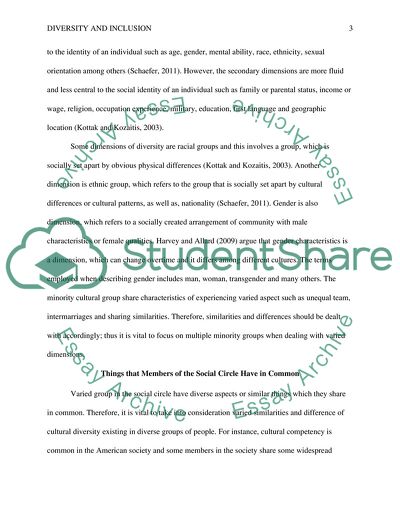Cite this document
(Diversity and Inclusion Essay Example | Topics and Well Written Essays - 1500 words - 1, n.d.)
Diversity and Inclusion Essay Example | Topics and Well Written Essays - 1500 words - 1. https://studentshare.org/sociology/1802518-diversity-and-inclusion
Diversity and Inclusion Essay Example | Topics and Well Written Essays - 1500 words - 1. https://studentshare.org/sociology/1802518-diversity-and-inclusion
(Diversity and Inclusion Essay Example | Topics and Well Written Essays - 1500 Words - 1)
Diversity and Inclusion Essay Example | Topics and Well Written Essays - 1500 Words - 1. https://studentshare.org/sociology/1802518-diversity-and-inclusion.
Diversity and Inclusion Essay Example | Topics and Well Written Essays - 1500 Words - 1. https://studentshare.org/sociology/1802518-diversity-and-inclusion.
“Diversity and Inclusion Essay Example | Topics and Well Written Essays - 1500 Words - 1”. https://studentshare.org/sociology/1802518-diversity-and-inclusion.


